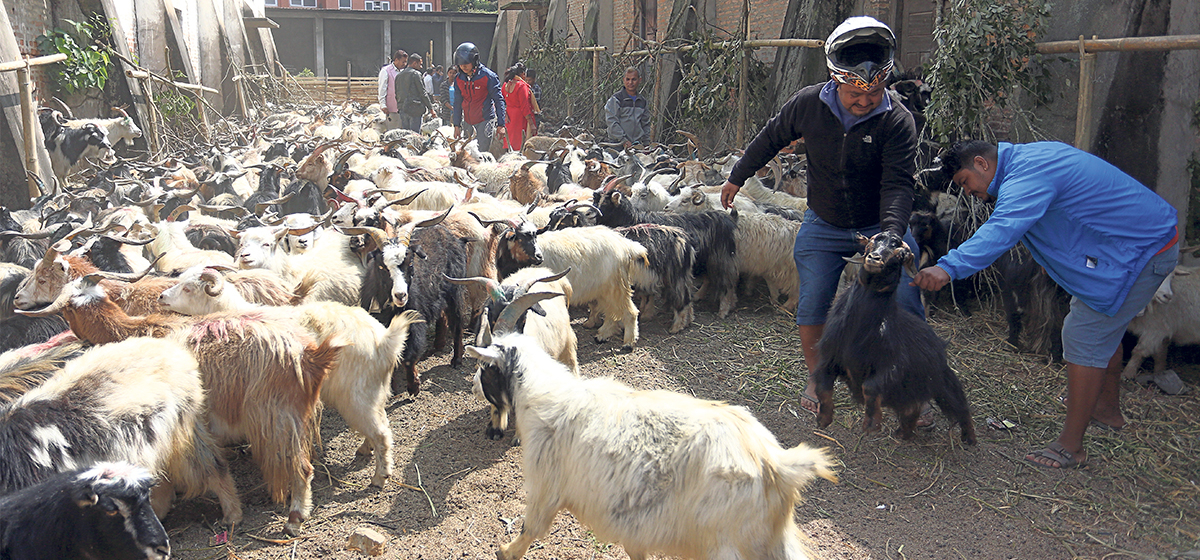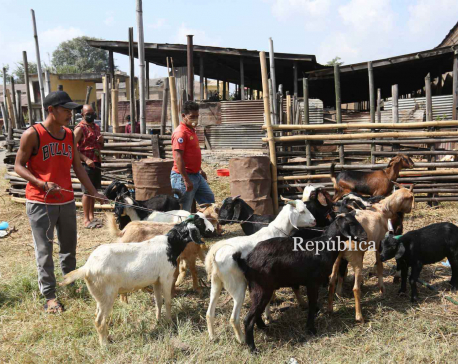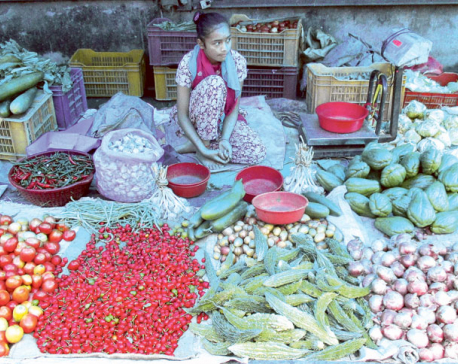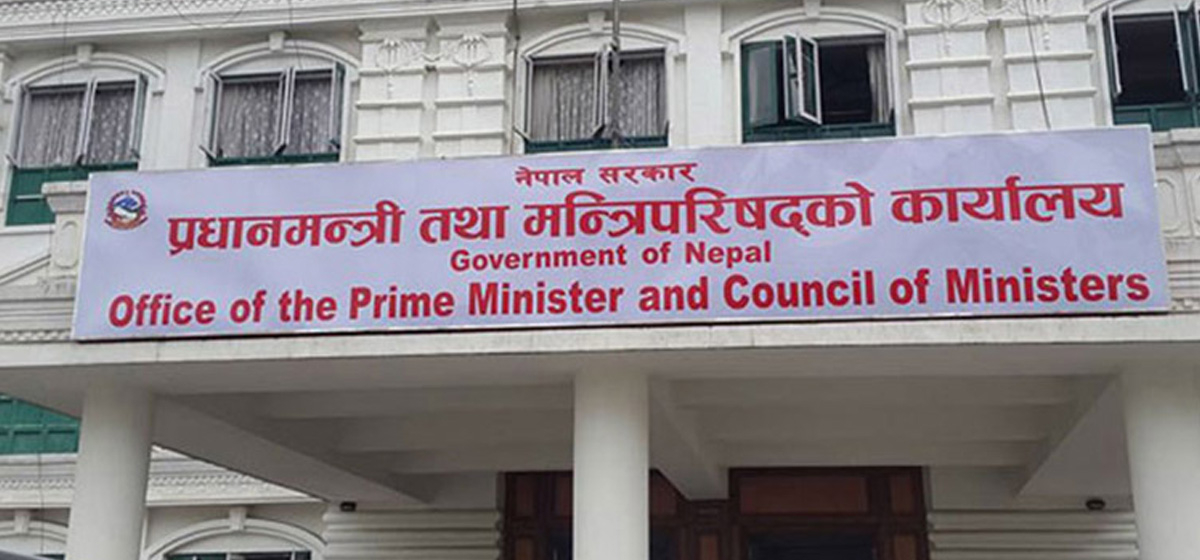
OR
Editorial
A colorful step towards safer festivities
Published On: October 16, 2023 07:45 AM NPT By: Republica | @RepublicaNepal

As the festive season of Dashain approaches, the Department of Livestock Services has taken a proactive and commendable step towards ensuring the health and safety of both livestock and consumers. The initiation of a color-coding system for goats, designating green for healthy ones and red for unhealthy ones, is a laudable move that will undoubtedly contribute to promoting public health during this significant time of celebration of the Dashain festival. The health assessment of goats is currently underway at various designated locations across the valley, where teams of dedicated animal health workers and technicians are rigorously examining the health status of the goats. The examination includes an assessment of external signs of disease, heart palpitations, and blood samples to accurately determine the health of the animals. Healthy goats are identified with a green label on their horns, providing a visible indication of their well-being, while goats found to be unhealthy are marked with red labels. This color-coded system not only enables traders and vendors to sell only healthy goats but also empowers consumers to make informed choices when purchasing goats for consumption during the festive season.
The significance of this initiative is underscored by the findings of a previous study conducted in Kathmandu Valley, which revealed alarming rates of harmful bacteria in animals entering the region. Salmonella and coliform bacteria were found in 11.4 percent and 80 percent of the animals, respectively, posing substantial risks to public health. Furthermore, 75 percent of infectious diseases affecting humans are transmitted from animals. In light of these findings, the government's proactive approach to ensuring the health of livestock and, consequently, human health is both timely and crucial. It may be noted that a considerable number of live goats, mountain goats, and he-goats are imported into Nepal from the Tibet Autonomous Region of China and various cities in India by Nepali traders. It is critical to ensure that all those imported animals for the purpose of Dashain festivities are healthy. However, with this measure in place, the potential for unscrupulous traders to sell goats affected by various diseases is significantly reduced, thereby safeguarding human health. Diseases such as severe fever, PPR, rabies, canker sores, and tuberculosis, which pose serious risks to human health if transmitted through consumption, can now be easily identified and avoided.
The importance of this health-checking initiative is emphasized by the potential risks associated with consuming meat from unhealthy animals. The red mark on a goat's horn serves as a powerful visual cue, reminding both traders and consumers of the need for caution and ensuring that only safe and healthy meat is consumed during this festive period. The government's initiative to color-code livestock for health checks is a praiseworthy effort that prioritizes public health and safety during the festive season. By promoting the consumption of healthy meat and reducing the risk of disease transmission, this initiative sets a commendable precedent for responsible and health-conscious practices in the livestock industry. As a newspaper, we support and appreciate this proactive measure as people across the country celebrate the Dashain—the greatest festival celebrated in Nepal.
You May Like This

Govt body starts color-coding on livestock for health checks to ensure safe consumption during Dashain
KATHMANDU, Oct 16: The Department of Livestock Services has initiated a campaign to label the horns of healthy goats with... Read More...

70,000 goats ready for sale this Dashain
KATHMANDU, Oct 3: About 70,000 goats are being prepared for sale in urban areas targeting the festival, according to the... Read More...

Inflation steals Dashain fervor from consumers
BIRATNAGAR, Sept 24: While Indu Aryal, a housewife, was preparing shopping list for the upcoming Dashain festival, her daughter dropped in... Read More...






Just In
- Second day of Nepal Investment Summit to feature diverse discussions
- Ilam-2 by-election: UML’s Nembang leads by 4,523 votes
- UML’s Bhandari secures victory in Bajhang-1 by-election
- CIB probe into fake DL distribution case: PMO pressures public prosecutor to free arrested govt employees
- Police report one death in Bhojpur jeep accident
- Nepal faces Bangladesh Red in int'l U-19 Volleyball Championship final
- Nepal Investment Summit: Two organizations sign MoU for PPP cooperation
- Sita Air flight to Ramechhap returns to Kathmandu due to hydraulics issue













Leave A Comment